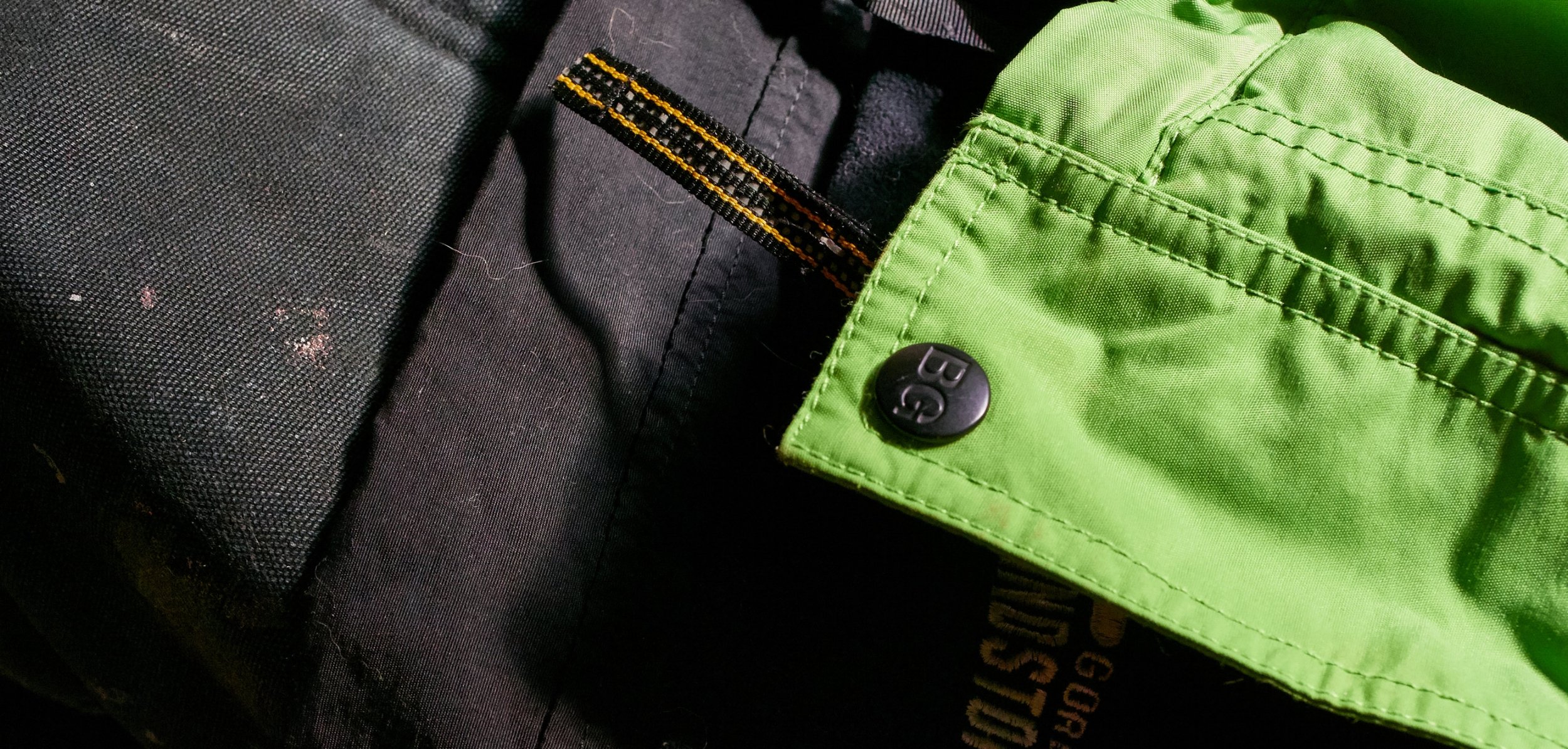Industrial and Construction Photography: Location Essentials
Industrial and construction site location photography
Recently, we’ve had a few opportunities to work at some industrial and construction site locations and we’ve learned a few things along the way that have made the process run smoothly. While most locations require certain challenges to consider, working around heavy machinery provides unique challenges and opportunities for creativity. Before you tackle your first worksite shoot, there are some things you’ll want to put in your bag you wouldn’t normally consider, some approaches to shooting that may be different than what you’re used to, and some specific characteristics of your edits you’ll want to consider. Being a process-oriented creative shop, we’ve taken our experiences and applied them to our methods. We’ve compiled these into a series of blogs covering the unique aspects of industrial and worksite photography; 5 industrial location essentials, 5 essential tips for shooting, and 5 things to consider when editing industrial and construction images. In the first of this three-part series, we’ll discuss the 5 industrial location essentials.
1. Clothing for all weather conditions
While this may go without saying if you live in Michigan, it is essential to have all-weather gear in your location kit. Often, a day shooting on a construction site will start early and you will encounter a range of temperatures throughout the day. We’ve encountered rain, hail, sunny skies, and a severe storm warning- all in the same day! The smart move here is to dress in layers, allowing yourself to respond to the changes in temperature as well as keeping yourself dry. Pairing jeans/dungarees with a layered fleece, vest, and shell is a tried and true classic approach to dressing for the conditions. For more remote/rough construction sites, keep a pair of overalls around as well that can provide an additional layer of warmth as well as protection from dirt and grime. Boots or all-weather shoes are essential. You don’t want to have to change shoes during the day if you don’t have to, so think about all around versatility. Be aware that some sites will require steel-toed boots, so definitely inquire before you arrive if any additional PPE (Personal Protective Equipment) is required.
2. Personal Protective Equipment
While it may not be required on every location job, you will encounter enough instances in industrial/construction locations that require PPE that it’s worth investing in some of your own. Clients almost always offer ‘loaner’ PPE, but it’s always a better look to be prepared for the requirements of your job by having your own equipment. We like to pack earplugs, safety glasses, a hard hat, steel toed boots, long sleeve work shirts, and work pants. If you’re less accustomed to worksite situations, you may want to include a pair of gloves as well. If you don’t have any of this equipment and are looking for suggestions, here’s what we recommend:
3. An old tripod
It is essential to have a tripod for industrial/location work. You never know if you may need to do some compositing or some exposure bracketing or even to provide a consistency of background with various subjects, but you don’t want to have to use the same tripod you have to have inside an office location. You’ll want an older, robust tripod that you know may suffer some abuse and will certainly get covered in mud and dirt. It’s a good idea to have some velcro to attach an intervalometer (if needed) and a hook to attach sandbags. Keep an eye out at garage sales or on ebay/craigslist. With a little patience, a heavy duty older tripod can be acquired for less than $100.
4. Batteries and a flashlight
Industrial and construction location work often begins very early in the day. It’s not uncommon to have set up before the sun rises and a reliable flashlight (with extra batteries) is always a good idea. In fact, we tend to bring a few along in case someone working with us needs one. Along with the extra flashlight batteries, it’s key to bring more than the normal number of spare batteries you would usually take on location. The temperature variance at a remote location can create conditions where battery usage is extreme. As such, extra batteries for your normal gear is also recommended.
5. A snack
Whether we are on location at a remote construction site or a more corporate setting, we always have a snack nearby. While it’s tempting to reach for chips or candy, you’ll be much happier with something high in protein and low in sugar. Our favorite go-to is almonds, they provide sustained energy and keep your focus on the job and not on your next meal. Along with a full water bottle, having a snack around is key for being alert and energetic and it’s essential to be attentive at an active industrial or construction site.
We hope these 5 industrial location essentials are helpful and informative, our next blog in this series will cover the 5 essential tips for shooting at an industrial or construction worksite, and the final installment will cover 5 things to consider when editing industrial and construction images. While heavy machinery is certainly intimidating, the key to working in these environments is to maintain awareness and ask before you do anything. Workplace safety is key in these environments, and you want to be as low impact as possible. As with anything worth doing, a little planning and preparation can take a lot of the stress out of working in complex environments.







